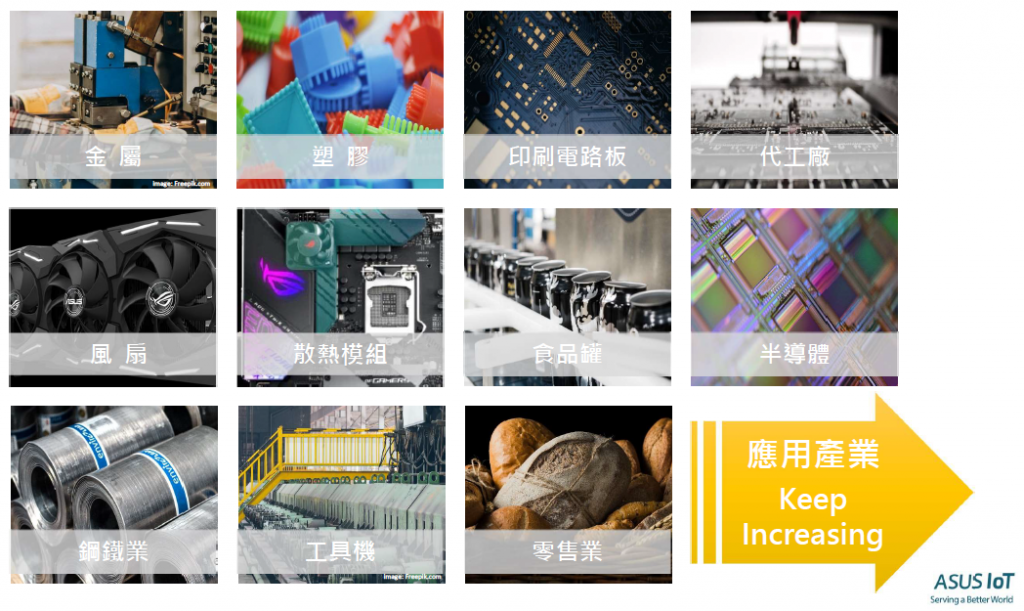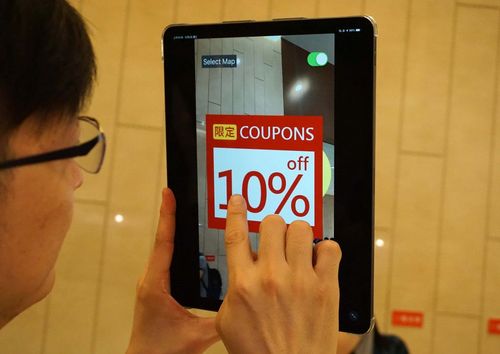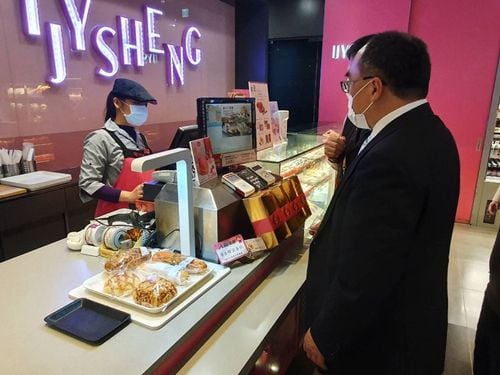OSENSE Technology Qubby AI customer service helps enterprises comprehensively upgrade from customer service to knowledge management
"What are your business hours" "What are the functions and features of the product" "What discounts are available now" "Does the product have a warranty" "Does the manufacturer cooperate with the product for repair" From the perspective of consumers, every inquiry is a unique customer experience, but from the perspective of companies, 90 or more of these questions are repeatedly asked every day OSENSE Technology's Qubby AI customer service can help companies seize the opportunity to continue to provide high-quality customer services every time they come in contact with customers, and optimize service processes through AI to create an efficient service team
Taiwanrsquos first IMSNS virtual human real-time interactive voice AI customer service Qubby AI
The information age has caused changes in consumer behavior Companies have deployed online and offline platforms, such as official website apps for their brands, physical stores, distribution channels, and third-party e-commerce, to increase channels for contact with consumers However, this has created a greater workload for customer service personnel, who need to monitor even more channels to provide timely services OSENSE Technology's Qubby AI customer service helps enterprises integrate and manage multiple platforms, such as websites, LINE, Facebook Messenger, WhatsApp, and multimedia interactive machines, with a single account The service supports 29 languages and serves domestic and overseas customers 247, building good relationships by meeting customer needs and creating an endless stream of important and valuable customers
Qubby AI customer service features Saves training time, standardized AI response, supports IMSNS, improves customer service efficiency, optimizes the service experience, and the web page is applicable everywhere
Efficiently create enterprise-specific AI customer service in 3 steps, eliminating the need for design QA
OSENSE Technology has condensed the establishment of Qubby AI customer service into three steps based on its years of experience with domestic and overseas projects and strong technical capabilities, so as to help enterprises build efficient teams The first step is to create an image and personify the corporate image Upload a profile photo, create a realistic or anime-style 3D virtual person, or customize a real person image, transforming the one-way corporate communication model in the past into a two-way interactive service model It not only improves brand favorability among customers, but is also an indispensable part of creating warm services The second step is to select the voice Qubby AI customer service can interact with customers through text, preset QampA, and voice For voice, users can choose the system's preset AI voice, or use AI to clone a real person's voice It supports the conversion of 29 languages, and is like customer service personnel providing services in person, increasing customersrsquo trust in the brand The third step is to establish a knowledge base An AI brain knowledge base can be created by simply uploading a PDF file For languages supported by AI translation for Chinese text, there is no need to design questions and answers one by one The AI machine trains and learns corporate and product knowledge, automatically extracts knowledge related to user questions, and integrates knowledge for responses, greatly shortening the development and training time
Another feature of Qubby AI customer service is that it can incorporate "personality," such as liveliness, confidence, and gentleness, into the character, and give it "ambition" and "mission," making the customer service more flexible and closer to the corporate brand image Combined with industry Know-How, it can also become an industry-specific AI customer service application For example, Qubby AI DentalGPT, Taiwan's first AI customer service specifically developed for dentists, has been trained into an exclusive AI model and database of dental knowledge, health education information, and common issues of clinics, and was integrated into a convenient and easy-to-use package
Companies only need to follow 3 steps Create an image, choose a voice, and build a knowledge base to quickly create an exclusive Qubby AI customer service
Qubby AI's diverse applications help enterprises comprehensively upgrade from customer service to knowledge management
Qubby AI customer service has been used a wide range of industries, such as the healthcare industry, financial industry, electronics industry, conference and exhibition industry, education industry, department store retail industry, public relations service industry, and celebrities The services range from external product sales, event promotion, and customer service to internal HR assistant, knowledge management, compliance, technical maintenance and applications It has become the most intelligent, efficient, and direct business partner for enterprises
In addition to helping optimize the service process, allowing personnel to focus on solving truly difficult and valuable problems, Qubby AIrsquos back-end data records the number of times, the time, platform, device, and conversation history of customers using AI customer services, and can export the data Insights into customers can be further discovered from the conversations, and create new types of services to seize business opportunities
The Qubby AI customer service back-end completely records user information and data
A free 14-day trial offered to find distribution agents to jointly expand domestic and overseas markets
To assist enterprises with digital transformation, OSENSE Technologyrsquos Qubby AI customer service offers a free 14-day trial, which provides AI text and expected voice customer services, AI knowledge base construction, a limit of 6,000 messages per month, and 3D virtual human default character to reduce enterprisesrsquo doubts about the AI solution Aside from its efforts to further develop Taiwanrsquos market, OSENSE Technology is actively expanding into international markets, such as the United States, Japan, and Southeast Asia In January 2024, it has signed a contract with the largest clinic management system developer in Southeast Asia to bring Qubby AI customer service southward, hoping to provide comprehensive AI digital services and solutions to medical institutions and people ofnbsp Southeast Asia, creating better healthcare experiences and expanding the smart healthcare ecosystem
AI is ushering in a new industrial revolution According to Gartnerrsquos estimates, there are approximately 17 million customer service personnel working in customer service centers around the world 95 of the cost of a customer service center is from personnel Even if 10 of the service volume is automated, tens of billions of US dollars can be saved every year Based on the 2023 Taiwan Industrial AI Survey released by the Artificial Intelligence Foundation, nearly half of Taiwanrsquos companies still have not used AI services This shows the huge AI business opportunities OSENSE Technology is thus actively seeking distributors and agents to jointly expand domestic and overseas markets




